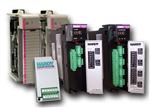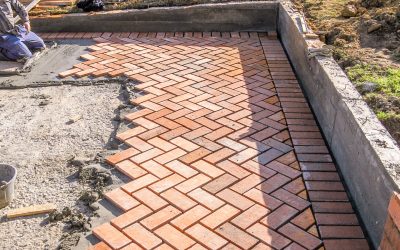Tension Load Cells are ideal for applications such as: weighing, lifting, and other general measurements, with sizes ranging from large scale measurements down to individual threads. Tension load cells are usually bonded onto a beam or some other structure that deforms in some way whenever a load is applied to it. They work by converting whatever load is acting on them into an electrical signal, which converts the amount of force being exerted on the load cell into a weight measurement.
S-type
S-type tension load cells are one of the most popular types of load cells. They get their name from their shape, which consists of a slot on top and one on the bottom, where the load is typically applied (such as in a suspended weighing system). The cell uses gravimetric level measurements, meaning it measures the strength that the gravitational field has on the object being measured, which gives a very accurate measurement of the weight/mass of the object. This type of measurement system is common not only in large scale objects, but in chemistry and small scale objects as well.
In addition to the S-type tension load cells, there are specific types that are used for cranes, and compact types that can be used for very high accuracy in smaller loads. Some of the smaller, more compact tension load cells are used in the manufacturing of textile fabrics, as well as fibers and cables. The machines that are used to load each individual thread in a piece of fabric are loaded using individual tension load cells, so each bolt contains the same amount of thread, making it identical to the others. In large loads, tension load cells are generally used in conjunction with compression load cells. Typically, there are four different load cells used for each load, two tension and two compression, which are used to give the greatest accuracy when measuring a large load.
Tension load cells can also be used for sub-sea measurements. High quality sealing can be used on the load cell to allow it for permanent submersion in sea water, up to a specified depth, such as for mooring anchor placements on large loads, or to be used for daily applications in and around the salty sea water. Depending upon how they are made, tension load cells have a wide variety of uses, ranging from measuring large, heavy loads that require the use of heavy equipment to manage, all the way down to measuring the tension on a single thread that is being added to a bolt of fabric in textile manufacturing.




